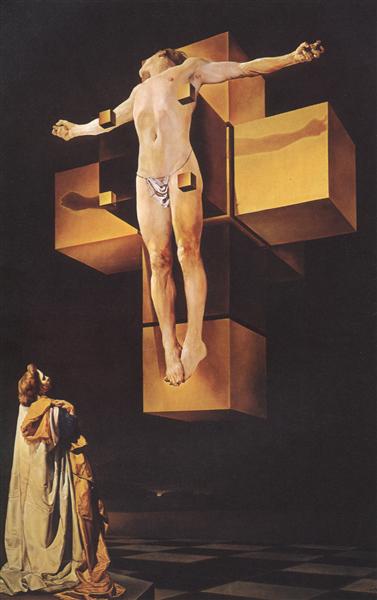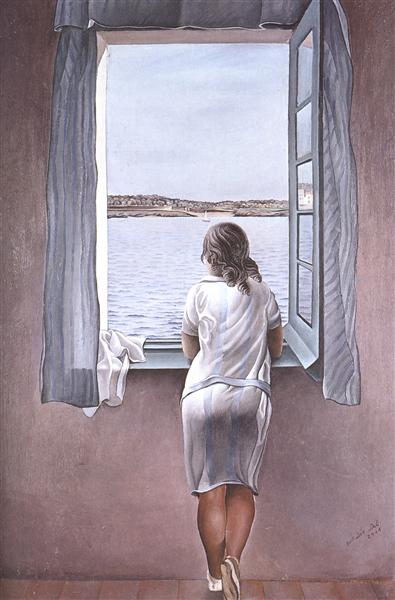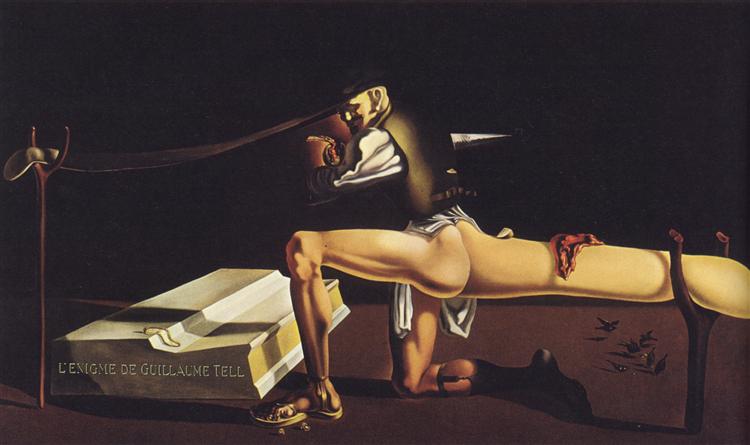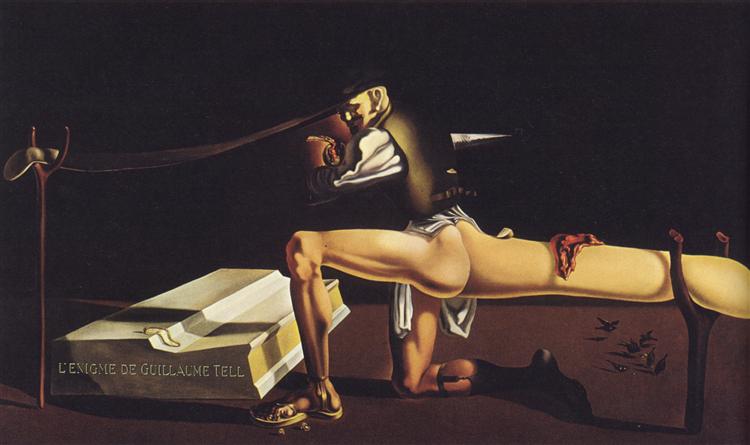The painting of the Spanish surrealist artist Salvador Dali is full of dreams and “visions”, but much in his art came from reason, for example, the idea of depicting a hypercube scan instead of a cross in the picture presented.
Thus, the artist confronts the clear geometric shape and the suffering of Christ, emphasized by his arched body with a bulging chest. This creates a special tension with which the canvas is filled. So Dali seems to make it clear that God is crucified by the heartlessness and coldness of the world.
In this work, Dali continues the tradition of classical Western European painting, when specific people, the artist’s contemporaries, were depicted in paintings on gospel subjects. Here Gala, Dali’s wife and muse is looking at the crucified Christ. But she not only stands before the Crucifixion, but contemplates it.
It appears to her inner gaze, it is her vision.
The painting “The Crucifixion, or Hypercubic Body”, written by Dali in his homeland after his return from America, reflects the Spanish religious temperament – passionate and sometimes ecstatic.
Year of painting: 1954.
Dimensions of the painting: 195.6 x 124.5 cm.
Material: canvas.
Writing technique: oil.
Genre: genre painting.
Style: realism, surrealism.
Gallery: Metropolitan Museum of Art, New York, USA.



